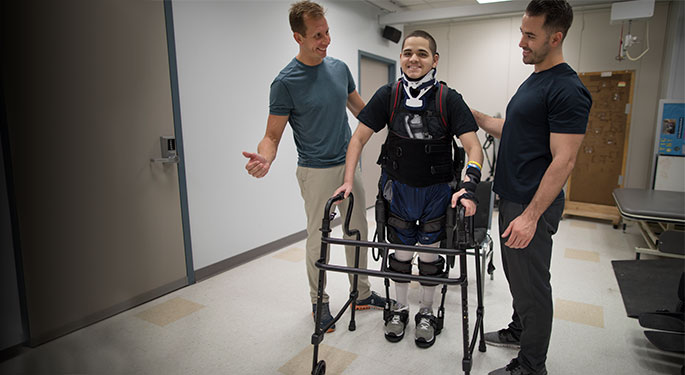Hand therapy plays a crucial role in the management of arthritis and injuries affecting the hands, wrists, and fingers. Whether caused by osteoarthritis, rheumatoid arthritis, or traumatic injuries, hand conditions can significantly impact daily activities and quality of life. Hand therapy aims to restore function, reduce pain, and improve mobility through a combination of therapeutic techniques and interventions. In this article, we will explore the importance of hand therapy for arthritis and injuries, highlighting the benefits and treatment options available.
Comprehensive Assessment and Individualized Treatment Plans:
Hand therapy begins with a comprehensive assessment by a skilled therapist who specializes in treating hand conditions. The therapist evaluates factors such as range of motion, strength, dexterity, pain levels, and functional limitations to develop an individualized treatment plan tailored to the patient’s specific needs and goals. This may include a combination of therapeutic exercises, manual techniques, modalities, and splinting to address pain, stiffness, weakness, and loss of function.
Pain Management and Symptom Relief:
Pain is a common symptom of arthritis and hand injuries, affecting mobility and quality of life. Hand therapy focuses on pain management strategies to alleviate discomfort and improve overall function. Therapeutic modalities such as ultrasound, heat therapy, cold therapy, and electrical stimulation may be used to reduce pain and inflammation. Additionally, manual techniques such as joint mobilization and soft tissue massage help improve circulation, decrease muscle tension, and promote relaxation.
Range of Motion and Strengthening Exercises:
Hand therapy includes a variety of range of motion and strengthening exercises designed to improve flexibility, muscle strength, and joint stability. These exercises target specific muscles and joints in the hands, wrists, and fingers, helping to restore mobility and function. Therapists guide patients through a progressive exercise program tailored to their abilities and goals, gradually increasing intensity and difficulty as tolerated.
Custom Splinting and Orthotic Devices:
Custom splinting and orthotic devices are commonly used in hand therapy to support injured or arthritic joints, protect healing tissues, and promote optimal alignment and function. Splints are custom-designed to immobilize or mobilize specific joints while allowing for functional use of the hand. Orthotic devices such as braces, supports, and adaptive equipment may also be recommended to assist with activities of daily living and reduce stress on affected joints.
Education and Self-Management Strategies:
Education plays a vital role in hand therapy, empowering patients to understand their condition, learn self-management strategies, and make informed decisions about their care. Therapists provide guidance on joint protection techniques, ergonomic principles, activity modification, and adaptive strategies to minimize stress on the hands and prevent further injury. By empowering patients with knowledge and skills, hand therapy promotes independence and long-term self-care.
Hand therapy is an integral part of the treatment plan for individuals with arthritis and injuries affecting the hands. By addressing pain, improving mobility, and restoring function, hand therapy helps patients regain independence and quality of life. Through a combination of therapeutic techniques, exercises, splinting, and education, hand therapists at Cleveland Clinic Abu Dhabi empower patients to overcome the challenges of arthritis and hand injuries, enabling them to live life to the fullest.

